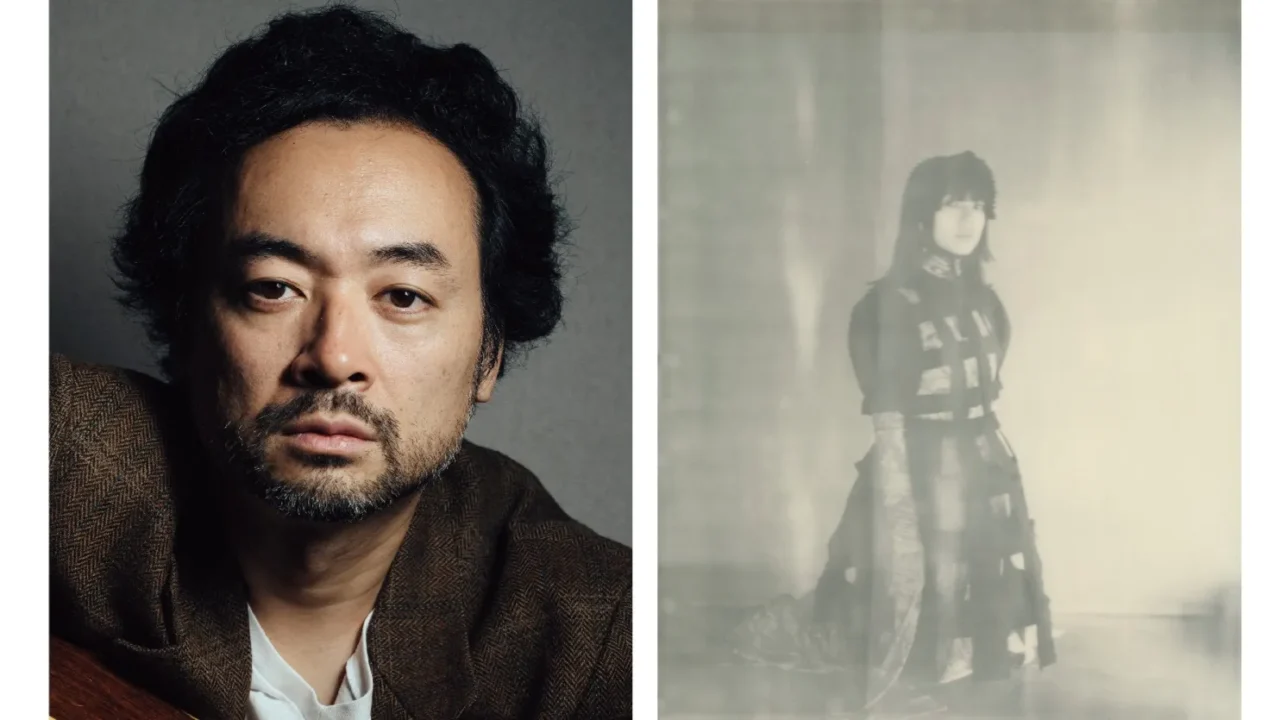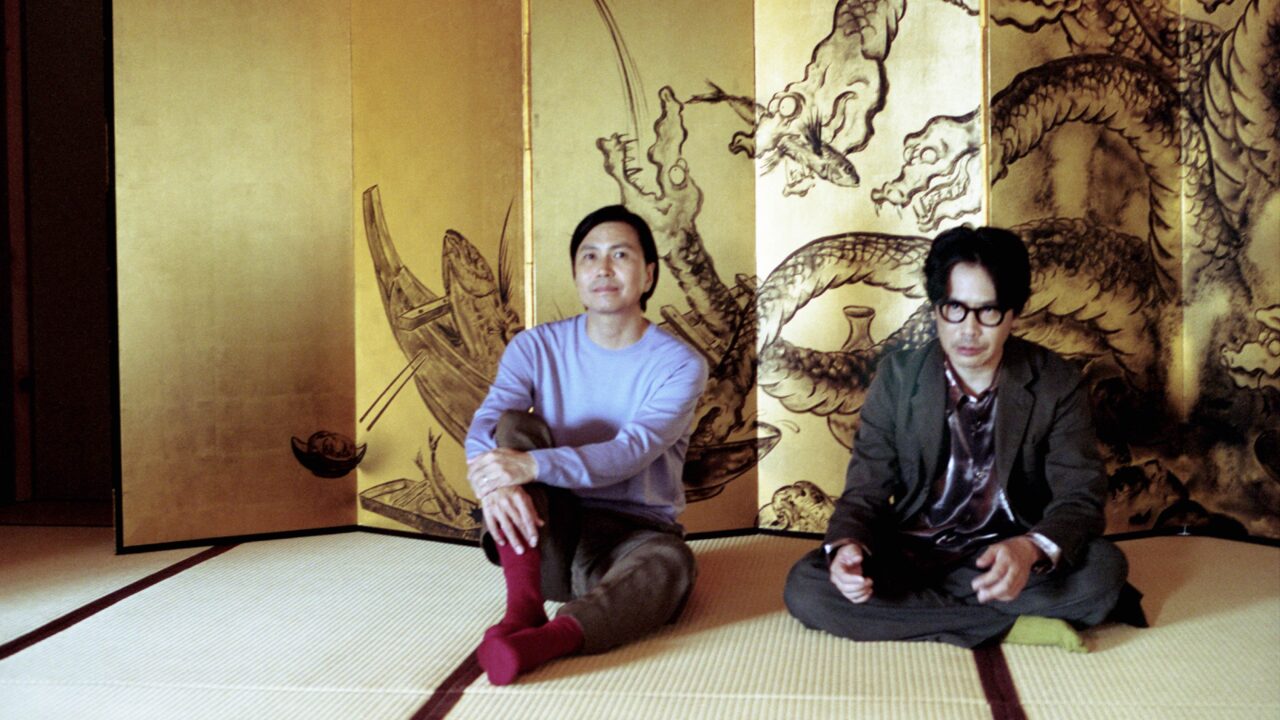As the Japanese charactoer of his name “Tomoyuki” write as “Joy of Knowing,” Summer Eye, embodying the joy of learning and knowing, visited the Museum of Rivers, known as “Kawahaku,” located in Saitama Prefecture for the fifth time. In this museum boasting three “number ones” in Japan, one experiences the overwhelming power of rivers.
INDEX
Museum Focused on the Arakawa River
I visited the Saitama Prefectural “River Museum (a.k.a. Kawahaku)”!
It takes about an hour and a half by car from where I live in Tokyo. The museum is located in Yorii-machi, Osato-gun, not far from the Hanazono Interchange on the Kanetsu Expressway. It is hard to imagine what kind of place it is just from the name, but it is a museum focusing on the Arakawa River, which is a river that no one living in the suburbs of Tokyo knows about. It is a river that is very familiar to us, but by the time we returned home after learning more about it, we were thinking about Panama. ……
Now, back to the story. The Arakawa River is well-known as the riverbed in the opening scene of the TV drama “Kinpachi Sensei,” or as the thick river mouth that you straddle on your way to Tokyo Disneyland, but it used to be a “raging river” that repeatedly overflowed. It is a little hard to imagine, isn’t it? But now, the river is always quite calm. When I look at it, I even feel relaxed. He is like a gentle but scary old man who used to be a yankee. When he gets angry, he is still scary.

In the indoor exhibition, you can learn about the natural disasters caused by the Arakawa River, the history of what people have done to protect their lives and property, their techniques, and how they have used the river to live their lives!
What surprised me the most was that my image of the Arakawa River, which I wrote about earlier, is that it did not flow there for a long time.
A cat that has lived for 100 years in the exhibition room told me that. It was the Arakawa River that flooded over and over again, but from June to August 1910, heavy rains fell intermittently for two months. The damage was terrible! The whole downtown area of Tokyo was flooded!

This led to the construction of the 500-meter wide, 22-kilometer long Arakawa drainage channel. Construction began the following year, 1911 (Meiji 44) (that’s speedy!) and was completed about 20 years later in 1930 (Showa 5) (good job!). The drainage channel was called the “Arakawa River”.
This discharge channel was to be called the Arakawa River, and the river that was originally called the Arakawa River is now called the Sumida River (it was originally called the Sumida River as well, but it was not unified, and it seems that it was unified).
I didn’t know that. I didn’t know that.
INDEX
Sensing the River’s Majesty and Might, Alongside Human Resilience.
When I saw the exhibition in the beginning, I simply thought, “Water is amazing, it has the power to moisten life and physically move things. It is extremely powerful. And rivers are the gathering and flowing of all of these things. And humans are creatures that somehow try to change the environment for their own reasons. I think that is what makes us human beings. I think that power is also amazing. Whenever I go to museums, I always think that humans are interesting. The people who make museums that teach us that humans are interesting are also interesting.
We cannot live without water. That’s why we need water to flow toward us. But it is not good if too much water comes and overflows, so we need to control it just right. So we need to control it so that it is just right.
The word “valve” came to mind. A device that stops the flow or changes the amount of flow. It is also quite interresting that this character means “to speak. Come to think of it, I think speaking can also be called “controlling the flow. And speaking is also “carrying something far” – and just as I was thinking about this, a demonstration of a gun weir began!
A gun weir is a man-made dam for transporting timber! It is a device that pushes timber downstream with the force of releasing stored water all at once. In the exhibit, a one-fourth scale reproduction of the flash weir that once existed in Oyamazawa was being demonstrated using actual water! After listening to a video taken on site projected on a screen & the explanation that goes along with it, you can see the water flowing vigorously. The sound was also powerful.
It is very rare for water to be used extensively in a museum exhibit. Normally, humidity is not appreciated in order to protect exhibits. This was very interesting and unique to a river museum.
























